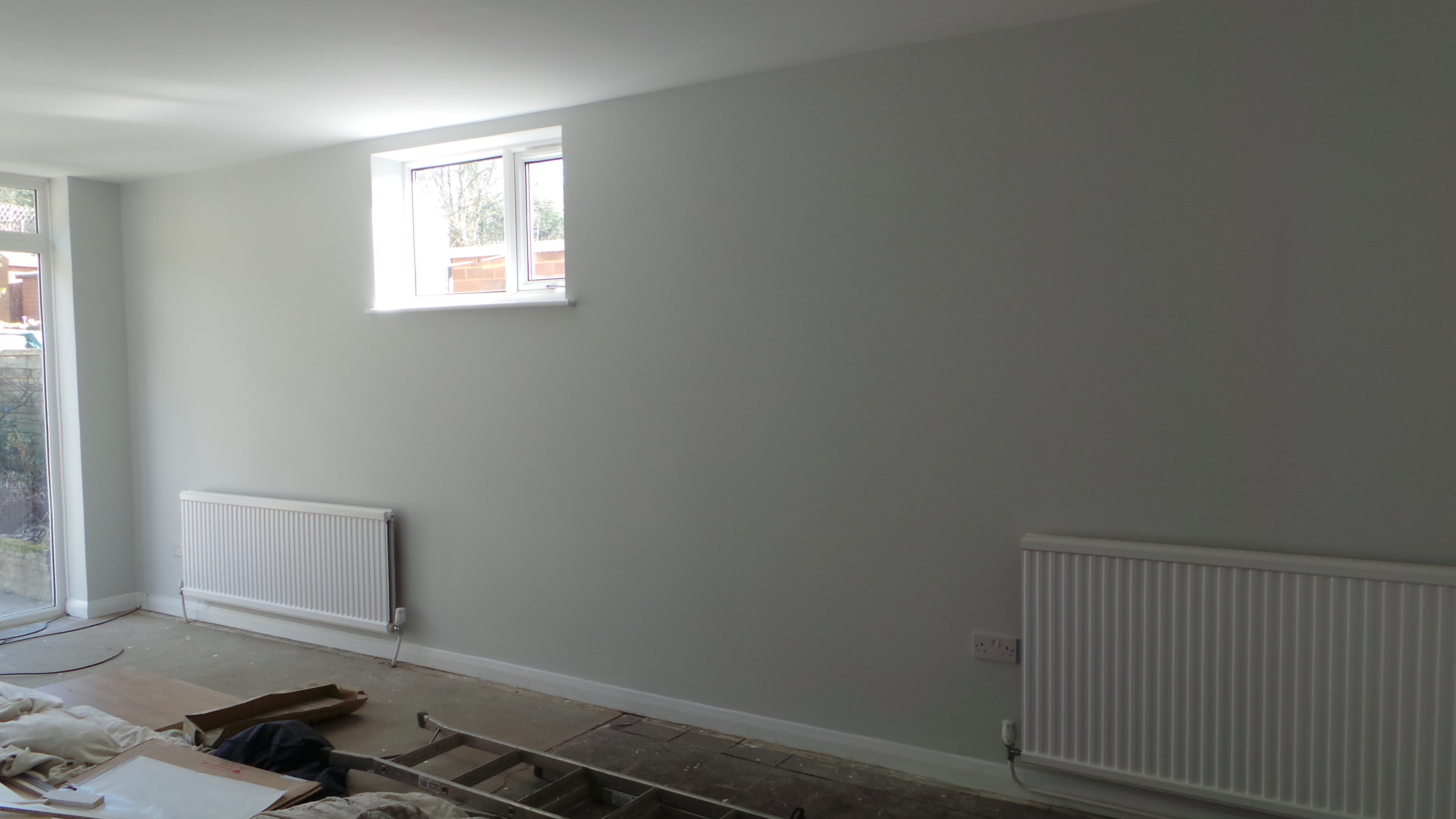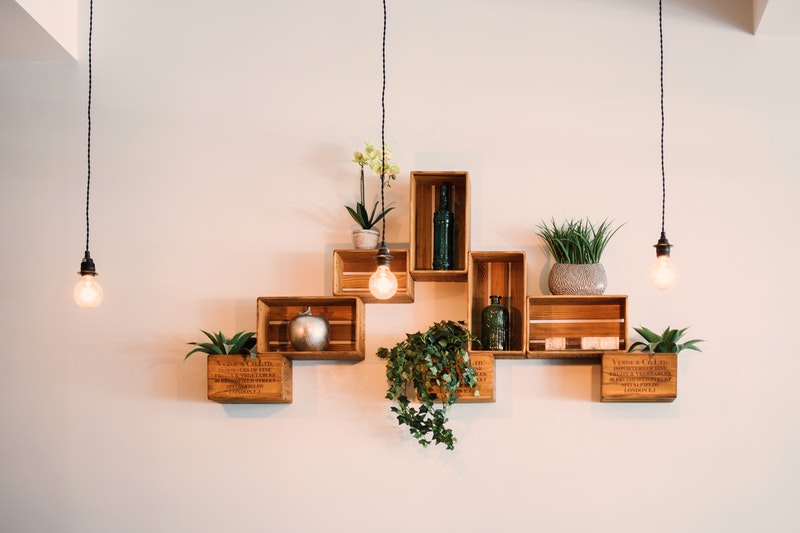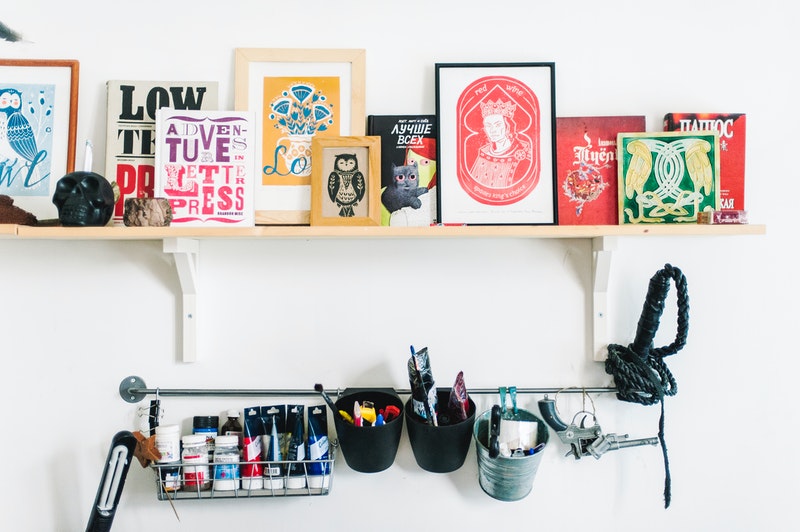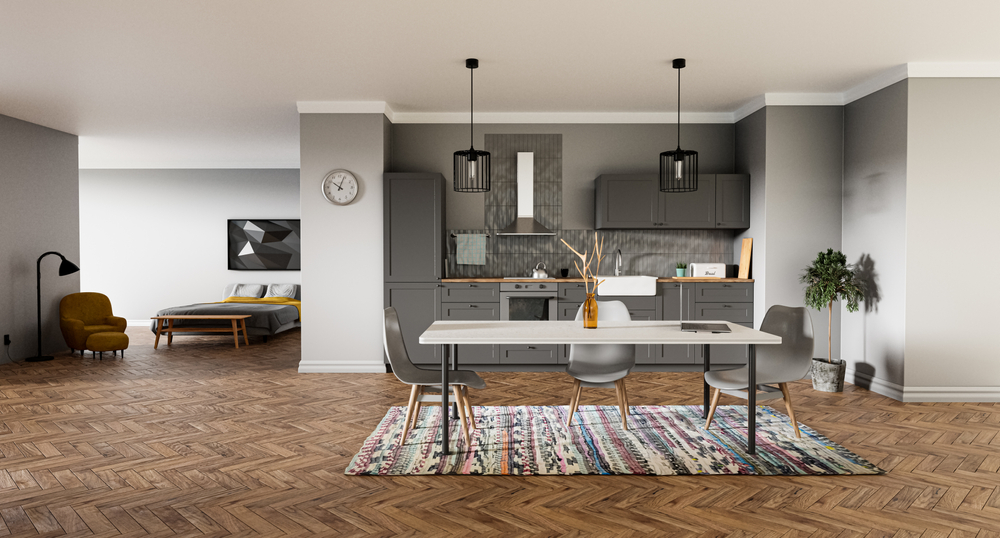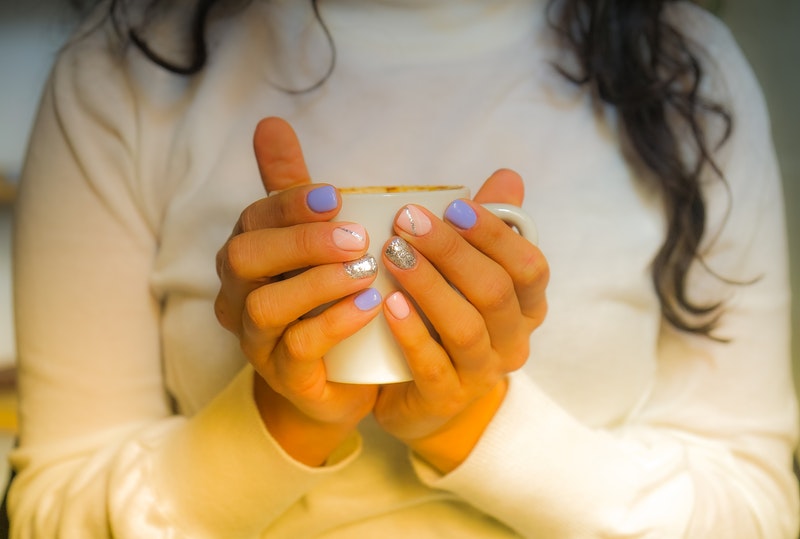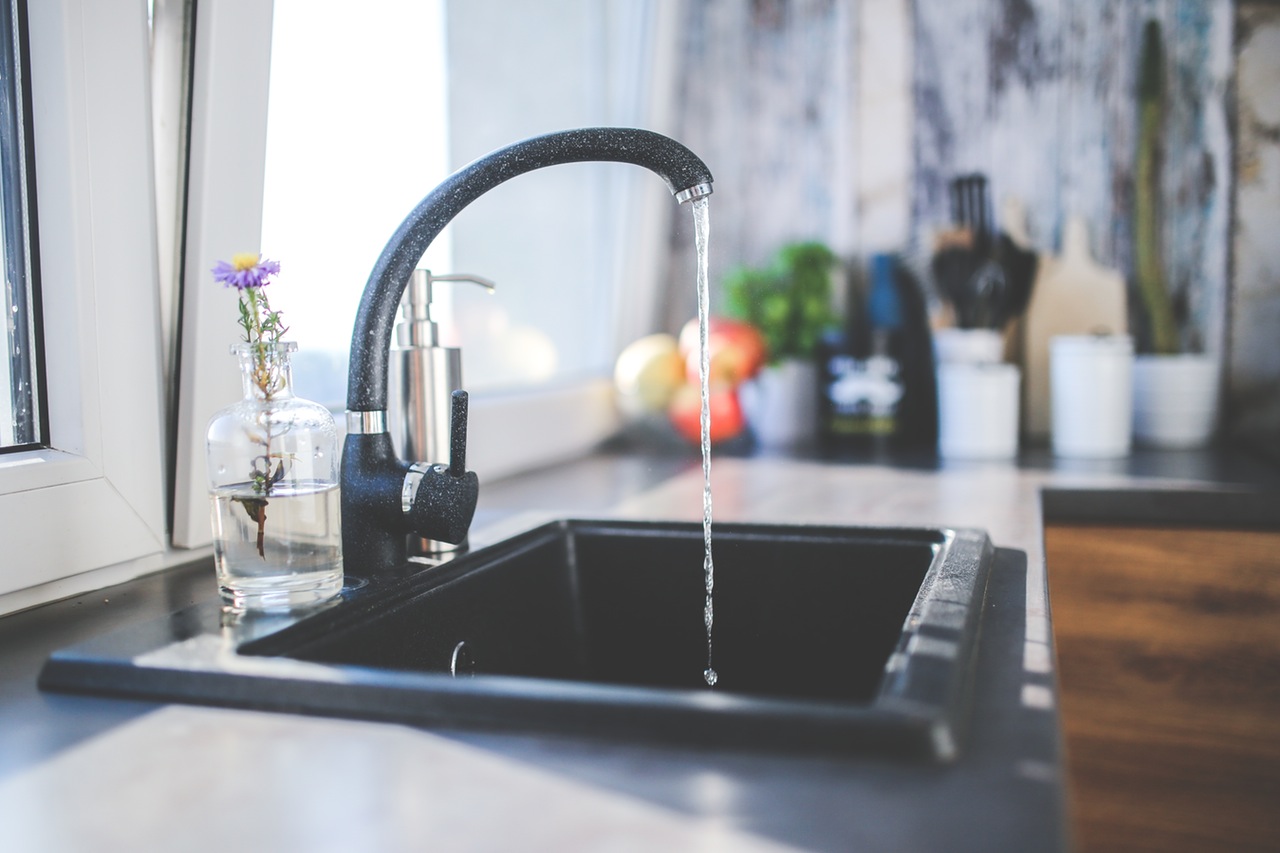A Guide to Second-Hand Furniture and Accessories
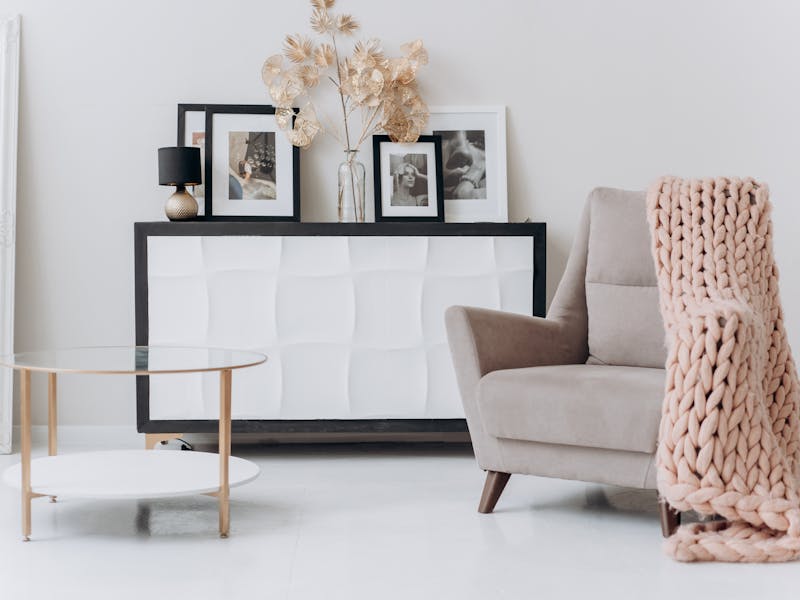
If you’re considering looking into second-hand furniture as a way to save money on interior decoration, you aren’t alone. As the rising cost of living continues to affect families of varying incomes across the UK, any opportunity to avoid big expenses is welcome.
There are many potential bargains to be had when shopping second-hand that can still result in a brilliant and fresh look for your indoor space, but there are considerations involved that won’t be the case when buying new items. Our guide below helps explain how to approach your purchase:
Unique pieces
If you’re looking to move into a new home and make it feel like yours as quickly as possible, the main thing to consider with your furniture choices is a sense of personal style. Shopping second-hand is a great way to find pieces that just didn’t speak to their previous owners but that reflect your own personality much better.
Be willing to embrace unusual shapes, colours or patterns so that you’ll be receptive to quirky pieces that can really define a room. Whether it’s a uniquely angled table or a striking piece of abstract art, don’t be afraid to express yourself.
Quality
While you might be buying used, for it to be of value you should be looking to pick up furniture that will last as long as something you’d have bought new. It’s important that you inspect the items in person before confirming your purchase.
If you’re looking at a cupboard or storage unit for example, make sure to test out all the doors and drawers to know whether they are in working order. Sit in a chair before buying it to feel for any possible structural problems as it holds your weight.
Cleanliness & condition
It’s always possible that, when you buy something second-hand, it won’t be looking its best – so be prepared to give it a bit of cleaning after you bring it home. Given that you’ll know less about a piece’s history before it came to you, it’s wise to sanitise it with an antibacterial spray or wash.
For an upholstered piece like a chair or sofa, get the vacuum cleaner ready to clear out some of the detritus that can accumulate in the harder-to-reach spots.
Opportunities for upcycling
You might not even need to look outside of your own home for a good second-hand find – if there’s an item that you don’t like or use, you could try to ‘upcycle’ it by repainting, reupholstering or adding new material.
Though there are still questions about how sustainable a practice upcycling is, it can certainly be cheaper than buying pieces new if you’re willing to get your hands a little dirty. You may also be able to sell on pieces for a profit if you want to switch out items later down the line.
